On View:
October 29–December 13, 2025
Donald Ryan Gallery is pleased to announce its exhibition, Bill Rice, a show of paintings by the artist (1932–2006) that present his singular vision of New York’s East Village — a neighborhood he inhabited and chronicled for nearly half a century.
Writing in Artforum in 1985, Rene Ricard observed: “It’s an almost unheard-of coup for a full body of extraordinary work by a mature artist to have remained so long in protective obscurity.” Forty years later, that statement remains true. Despite a handful of gallery exhibitions over the decades, Rice’s work is still awaiting the critical examination and appreciation it deserves.
Rice moved within the now-mythic East Village circles of the 1980s—counting figures like Peter Hujar and David Wojnarowicz among his friends—yet he belonged to an older generation, and his artistic preoccupations were rooted in a tradition of painting, writ large. Rice’s work, however, occupied a more introspective register than this younger East Village cohort. His relationship to the urban landscape was less about confrontation than contemplation. His gaze—more aligned with the tradition of the flâneur—lingered on quiet corners and fleeting moments. Where others depicted the downtown’s rebellious grit and raw immediacy, Rice rendered its solitude, its melancholic beauty.
Ordinary details such as cars, blinds, tenements, and passing figures were absorbed into the artist’s consciousness, transforming the anonymity of the city into a register of memory and desire. In this, Rice’s work recalls the sensation that Charles Baudelaire described in his poetry, where the cold and impersonal aspects of urban life take on unexpected sentiment and intimacy. For Baudelaire, the streets of Paris and the figures who occupied them became vessels of a modern beauty that was at once estranging and personal. Rice’s paintings of the East Village share this perspective.
His subjects were those in his immediate environment: neighbors from the men's shelter across the street from his loft, hustlers encountered while cruising in Stuyvesant Square, or strangers on the Bowery. He painted them with a closeness that refused detachment, collapsing the space between artist and subject. In the way that Ernst Ludwig Kirchner’s Berlin Street Scene paintings (1913–1915) portray prostitutes on the boulevards not as distant allegories but as figures bound up with the artist’s own fears and desires, Rice’s pictures become portraits of a modern life in which the painter and the people around him are fused.
Rice studied painting at Middlebury College before moving to New York in 1953, settling on East 3rd Street in 1960, where he lived for the rest of his life. His loft became a gathering place for the experimental downtown underground that emerged amid the city’s disinvestment of the 1970s and 1980s. In his improvised garden, he staged performances he called Garbage After Dinner, while his basement gallery presented exhibitions that included early works by Robert Gober, Christopher Wool, David Wojnarowicz, Barbara Ess, and Peter Hujar. His circle included writers and musicians such as Gary Indiana, Amos Poe, Beth and Scott B., and Richard Hell.
Even as he collaborated with poets, filmmakers, and other artists, Rice remained committed to painting. His canvases reject the myth of the isolated genius and instead convey painting as a mode of lived experience, compacted with memory, desire, and the peculiar gentleness with which he translated the city into art.
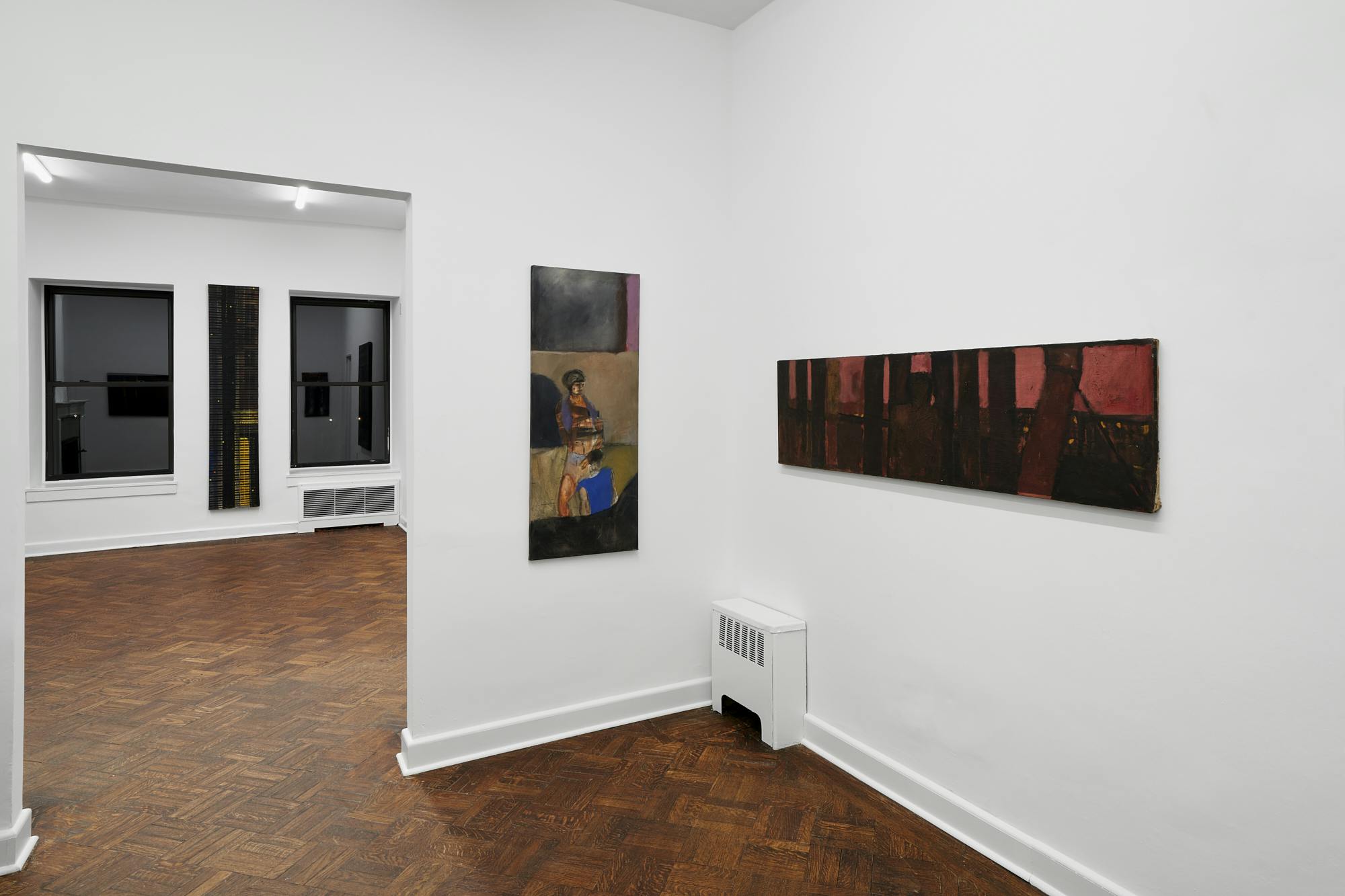
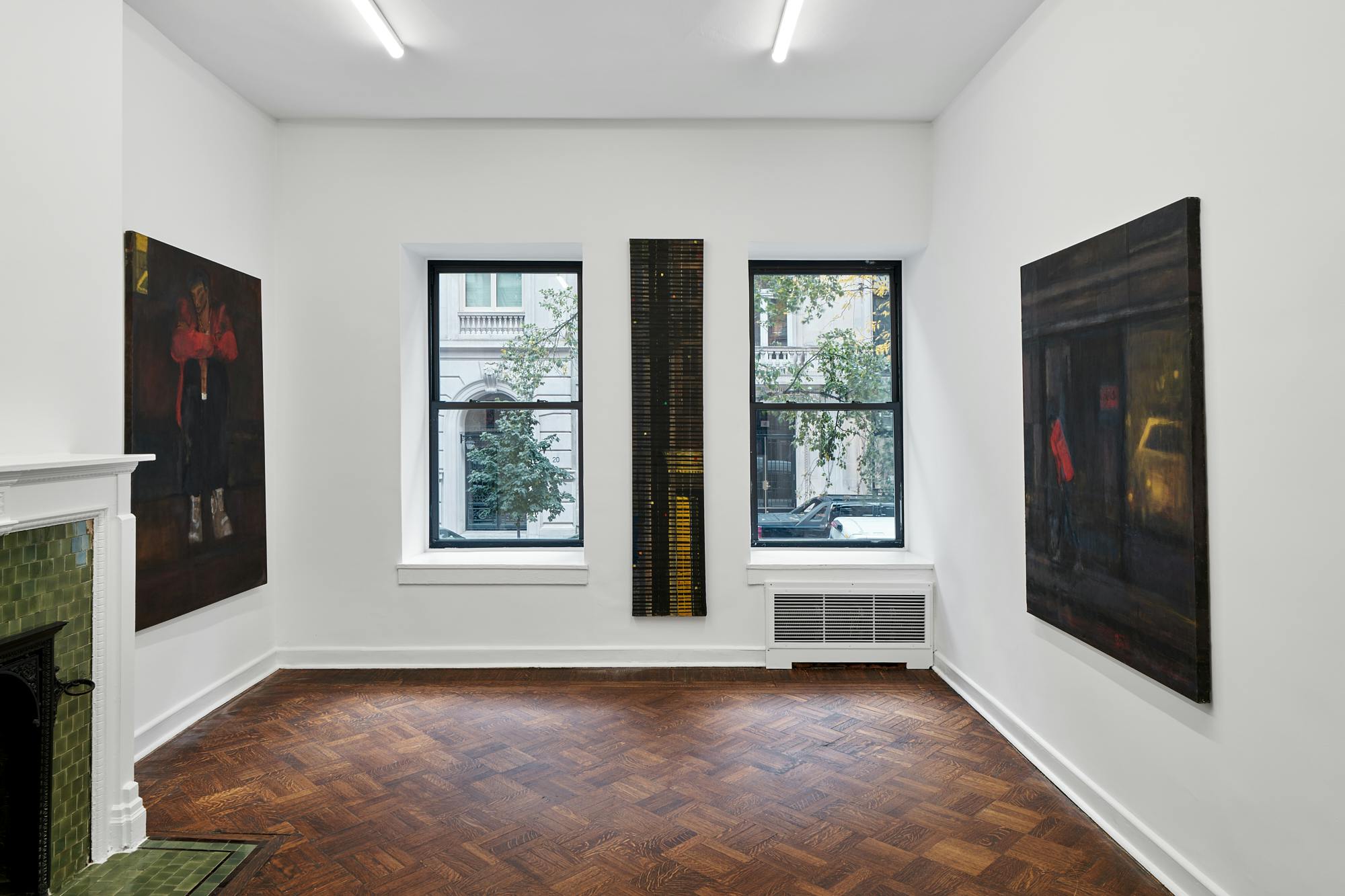

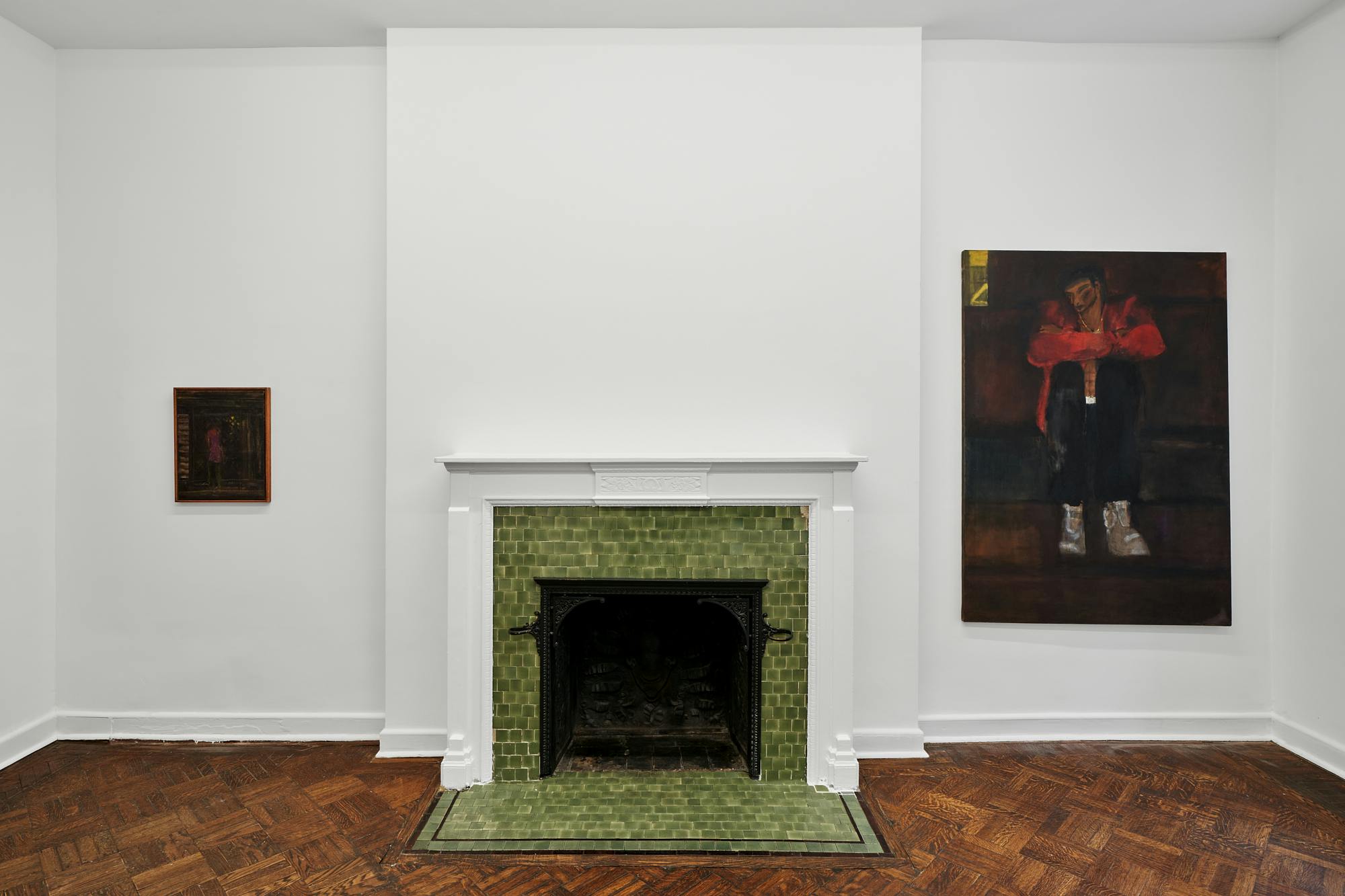
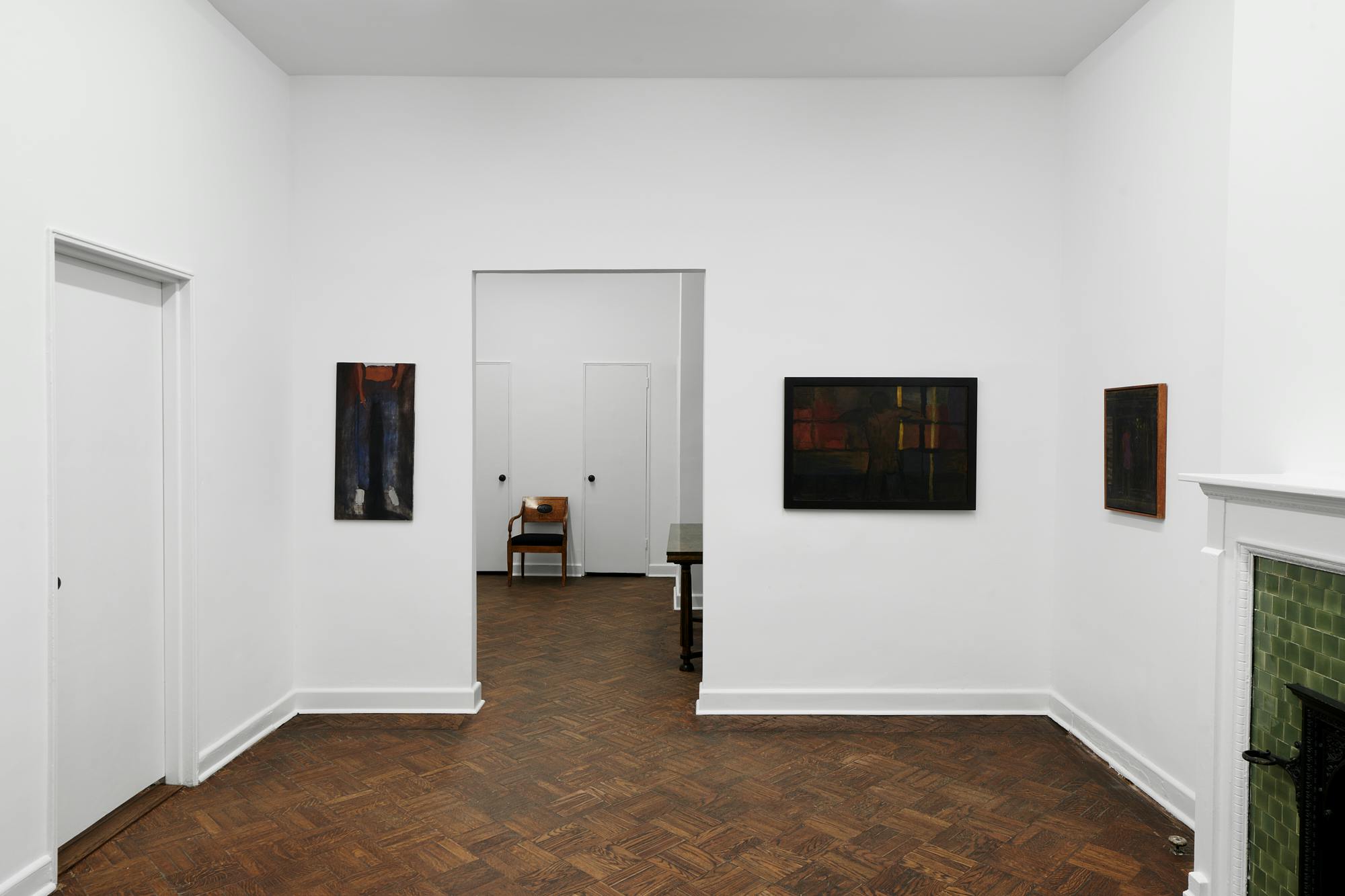
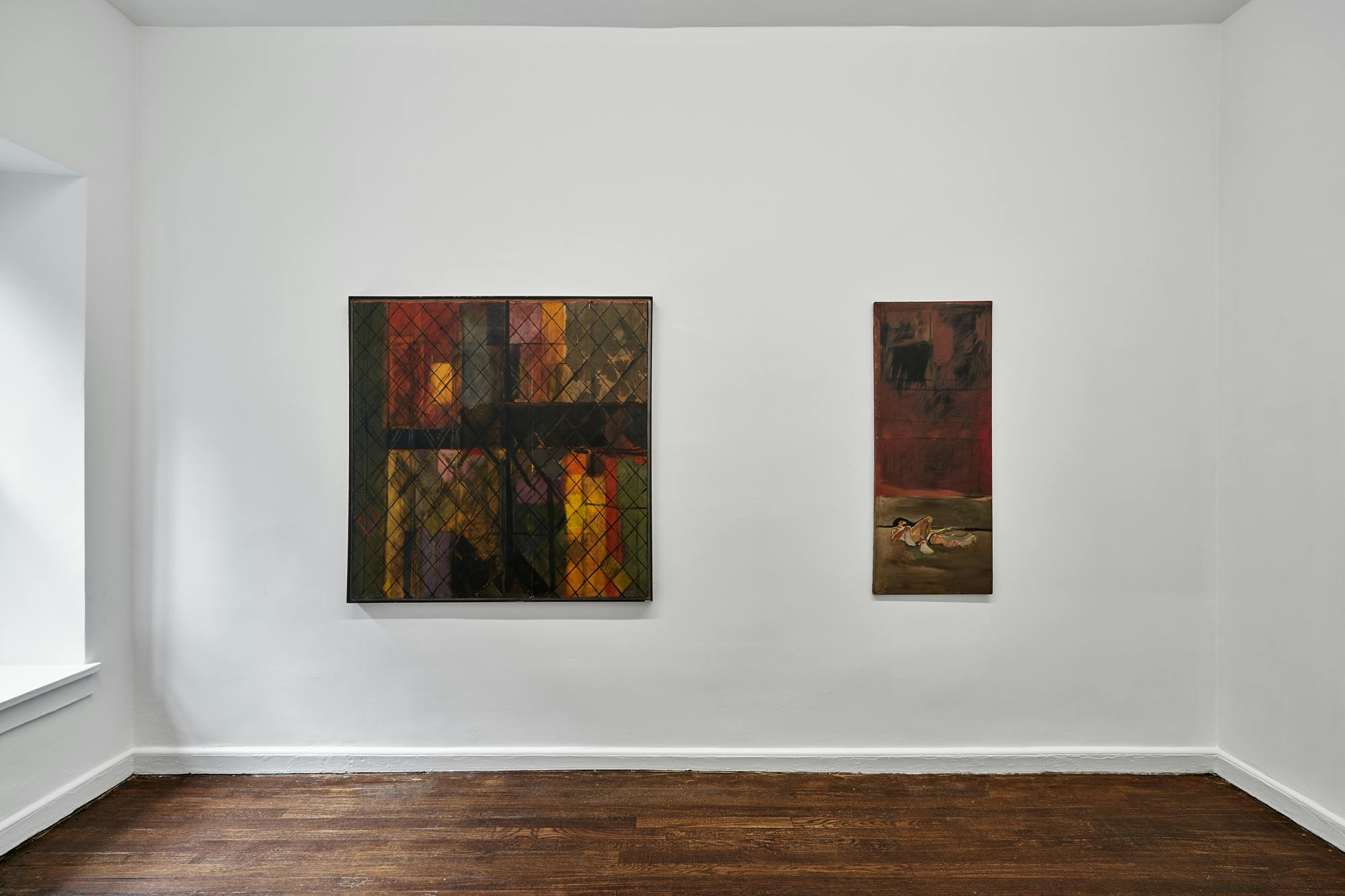
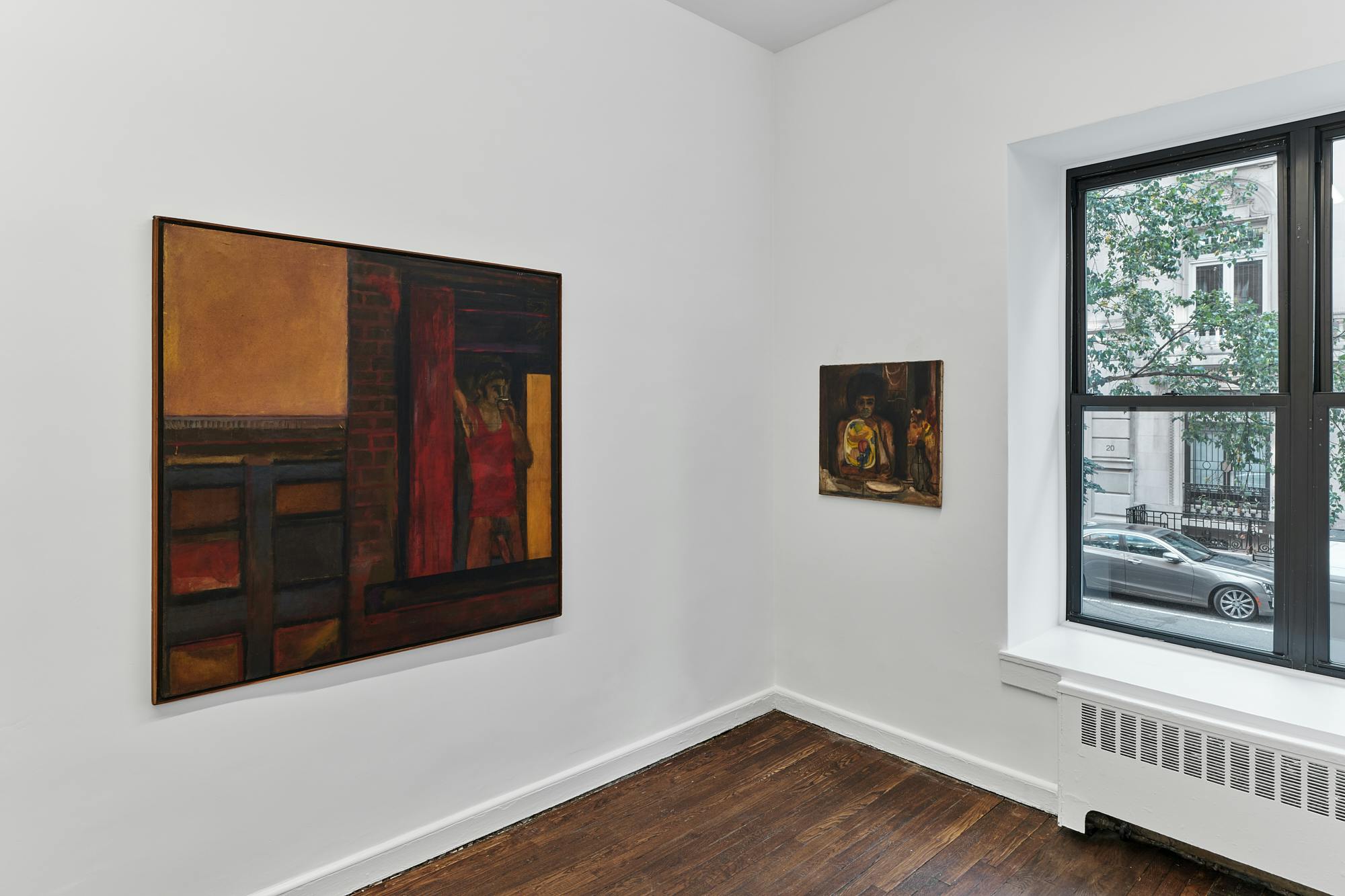
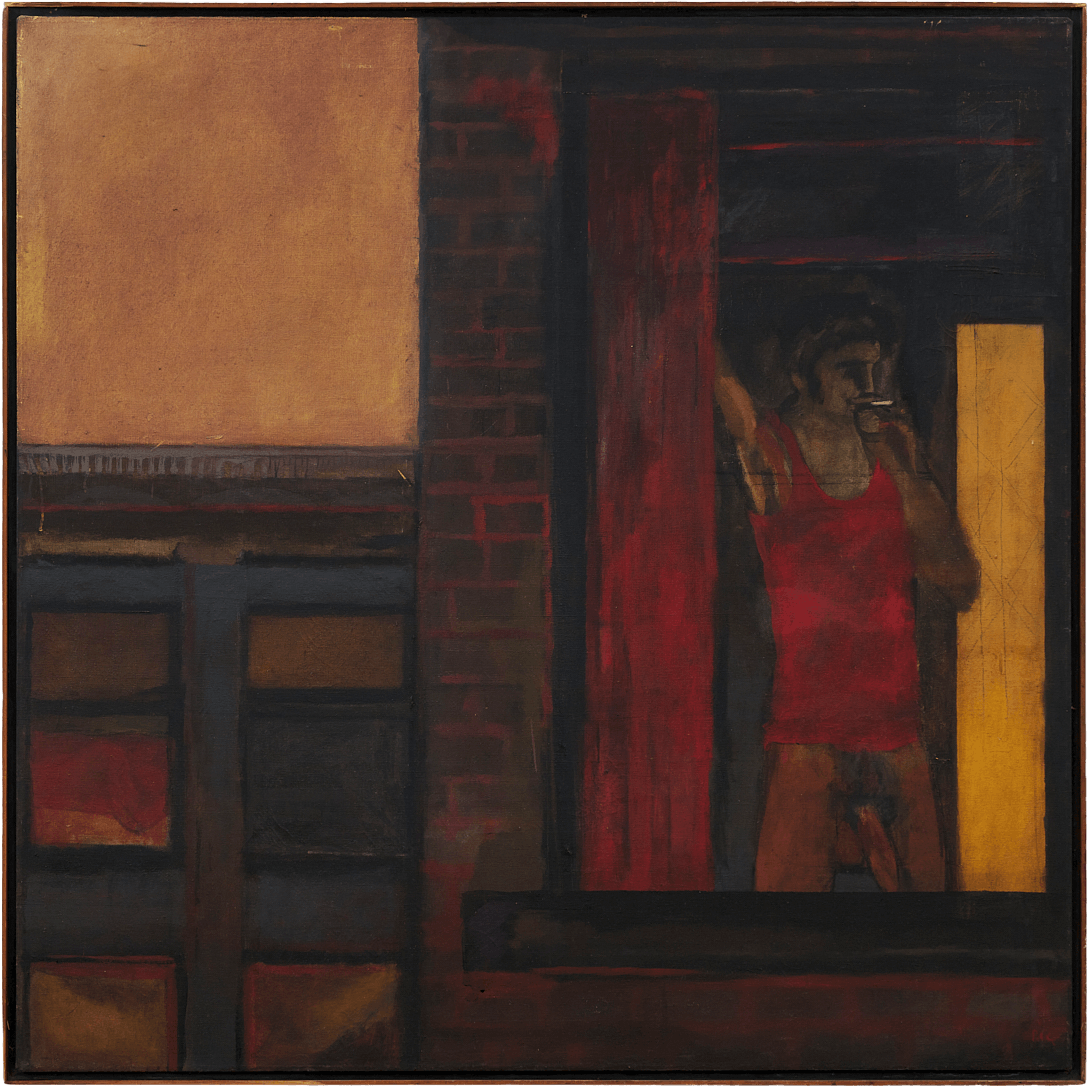
Bill Rice
Man in Window, 1980
oil on canvas
50 × 50 in (127.0 × 127.0 cm)
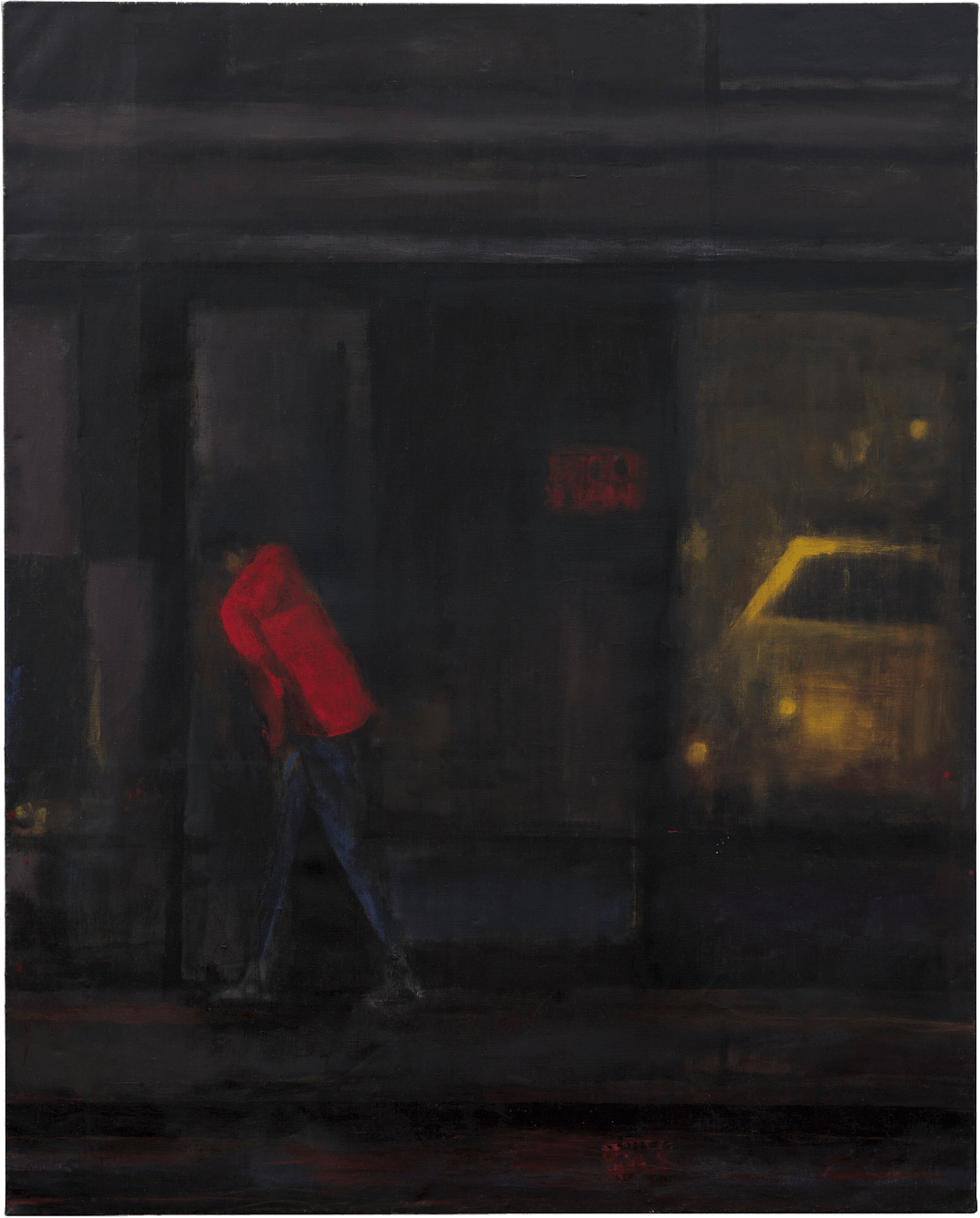
Bill Rice
Silks, 1984
oil on canvas
60 × 48 in (152.4 × 121.9 cm)
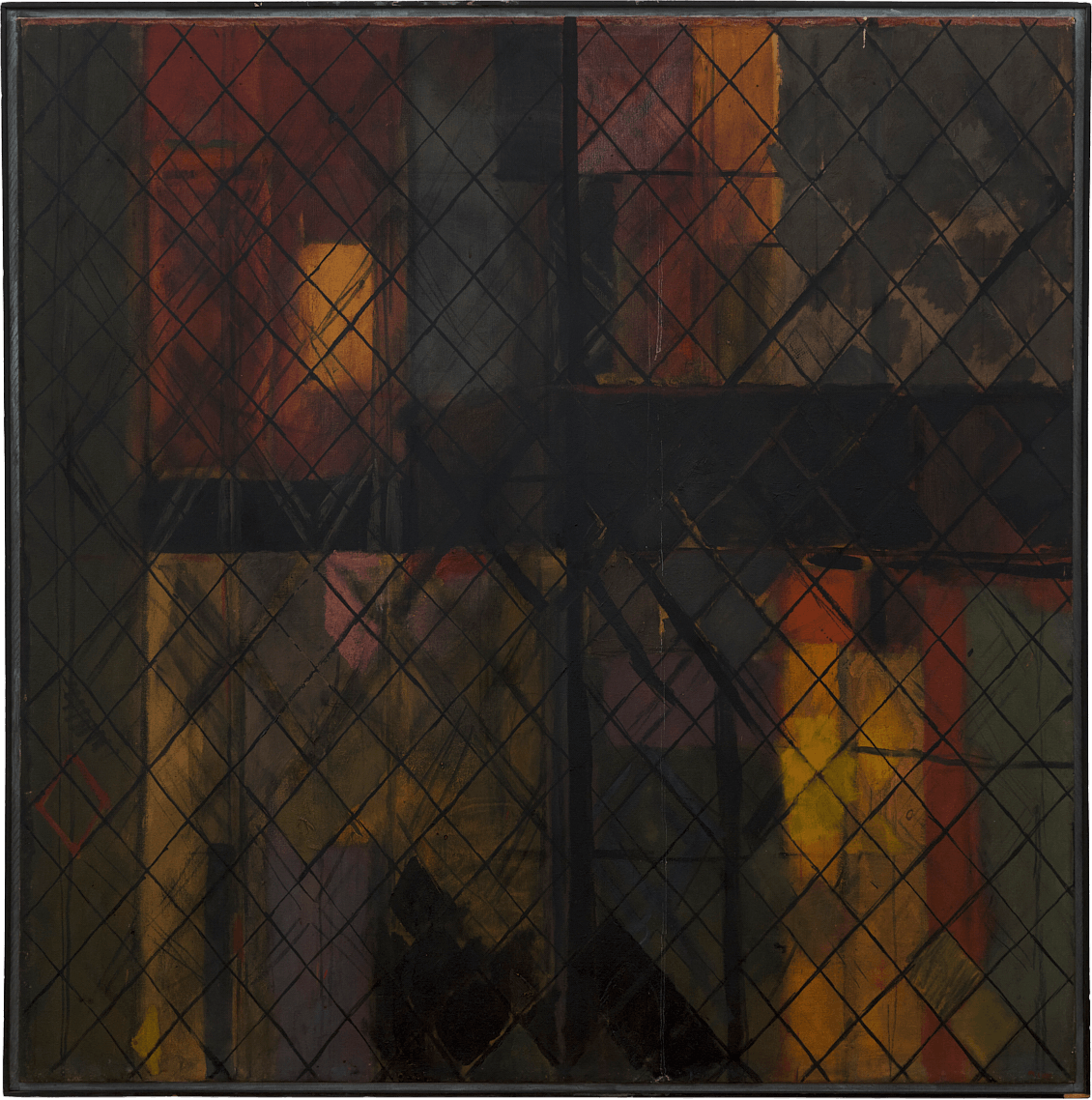
Bill Rice
Window Gate, 1995
oil on canvas
50 × 50 in (127.0 × 127.0 cm)

Bill Rice
2nd Avenue and East 11th Street, 1995
oil on canvas
88 × 16 in (223.5 × 40.6 cm)
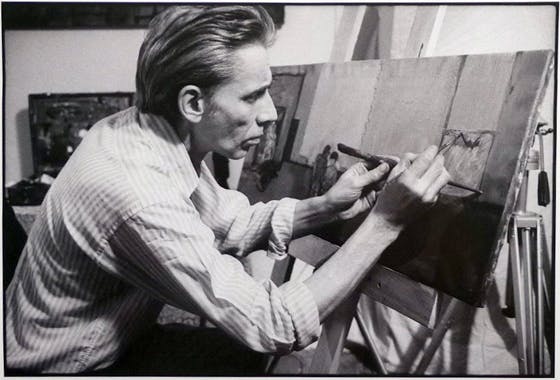
Bill Rice (1932–2006) was an American painter and actor who lived and worked in New York’s East Village, where his loft on East Third Street became a gathering place for artists, writers, and performers. Exhibitions of his work have been held at Pat Hearn Gallery, Civilian Warfare, Hudson Galleries, Sidney Janis Gallery, Exit Art, and Steven Harvey Fine Art Projects.
Rice was also active in experimental film and theater, appearing in works by Jack Smith, Jim Jarmusch, and Charles Ludlam, among others.